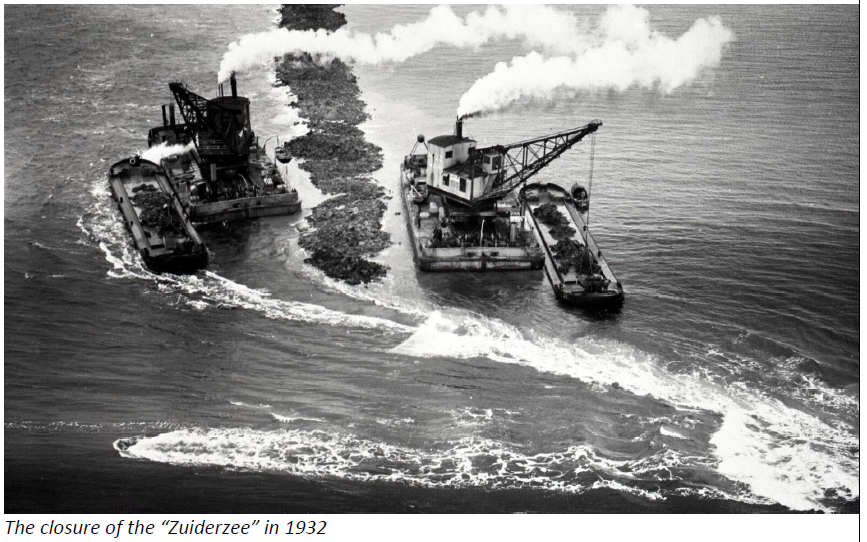The rate and possible acceleration of sea level is important input for Dutch water management and flood protection. The analysis of observed water levels and the development of projected future sea levels both provide important information for decision‐making.
An in‐depth study of observed sea level and tides was published in December 2023 (see references). The paper showed that coastal works, such as the closure of the “Zuiderzee” in 1932 and the modification of harbours (Rotterdam, IJmuiden, Delfzijl) impacts the sea level and the tidal amplitude. This begs the question whether reliable trends of historic sea level can be derived or that homogenization of the data is required in some form.

The goal of this project is to analyse and quantify the impact of known coastal works on observed sea level tide. Based on the analysis, a method to incorporate coastal works in the analysis of sea level trends can be proposed.
Several tide stations appear to be influenced by coastal works. We foresee that this study will take the Zuiderzee closure as a case study.
The following steps are foreseen:
- Familiarise yourself with the history of Zuiderzee closure and its impacts on sea level and tide in nearby locations (Den Helder and Harlingen)
- Study and describe the hydrodynamic and morphogical processes that could explain the observations
- Setup and run a tidal model to quantify the impact of the closure on sea level and tide
- Propose a method to homogenise water level data influenced by coastal works
This project can be executed as a graduate intern at HVEC (Hessel Voortman Engineering Consultancy) in Amersfoort. Affinity with data analysis, tidal analysis and Python is expected.
References
- Voortman, H. G. (2023). Robust validation of trends and cycles in sea level and tidal amplitude in the Dutch North Sea. Journal of Coastal and Hydraulic Structures, 3. https://doi.org/10.59490/jchs.2023.0032




